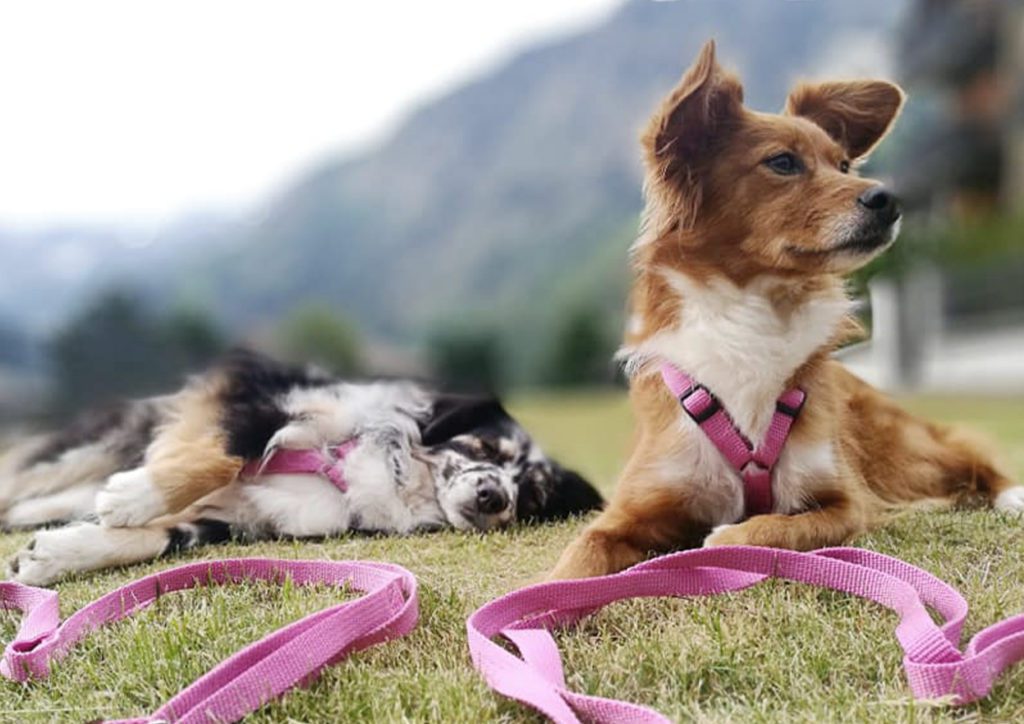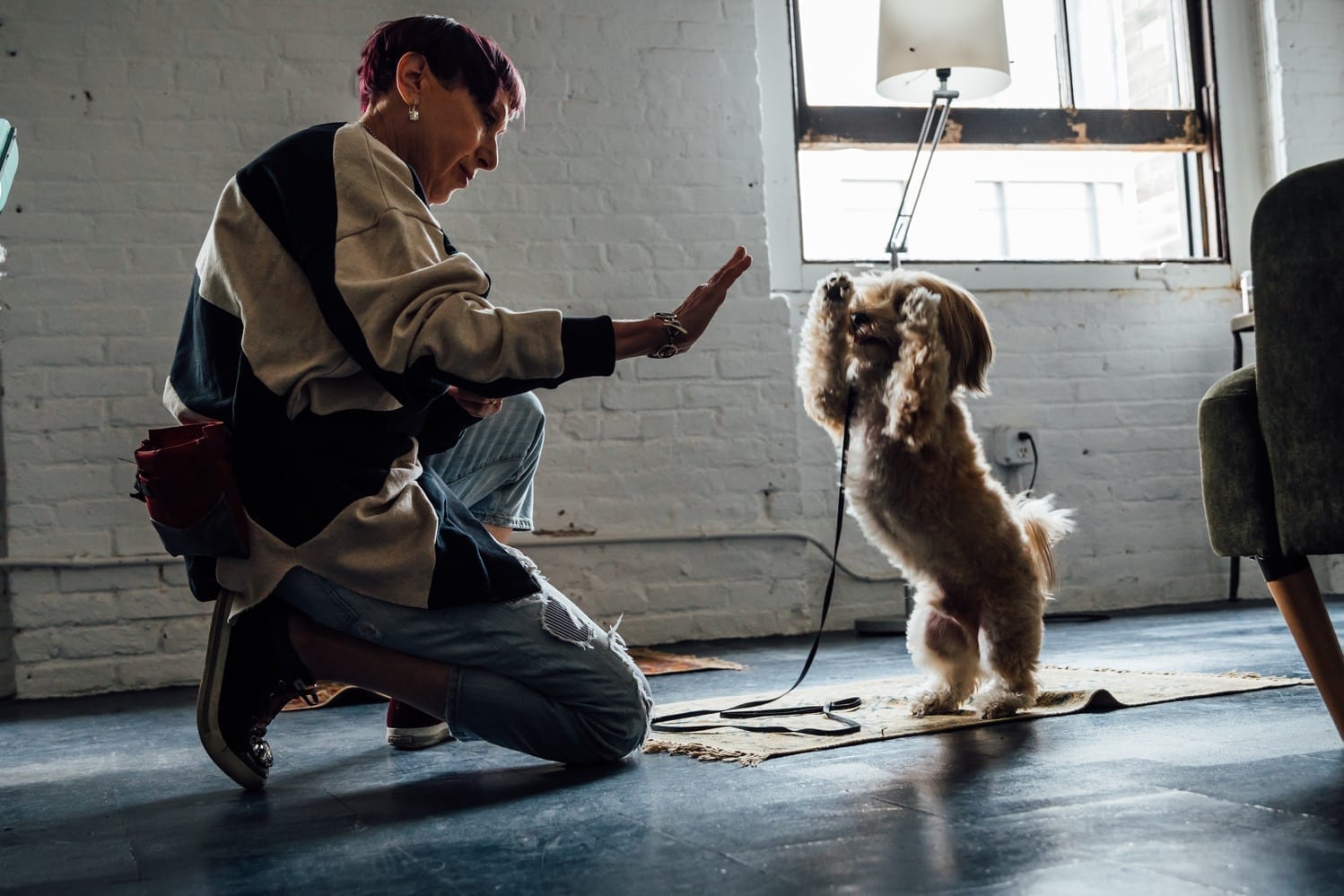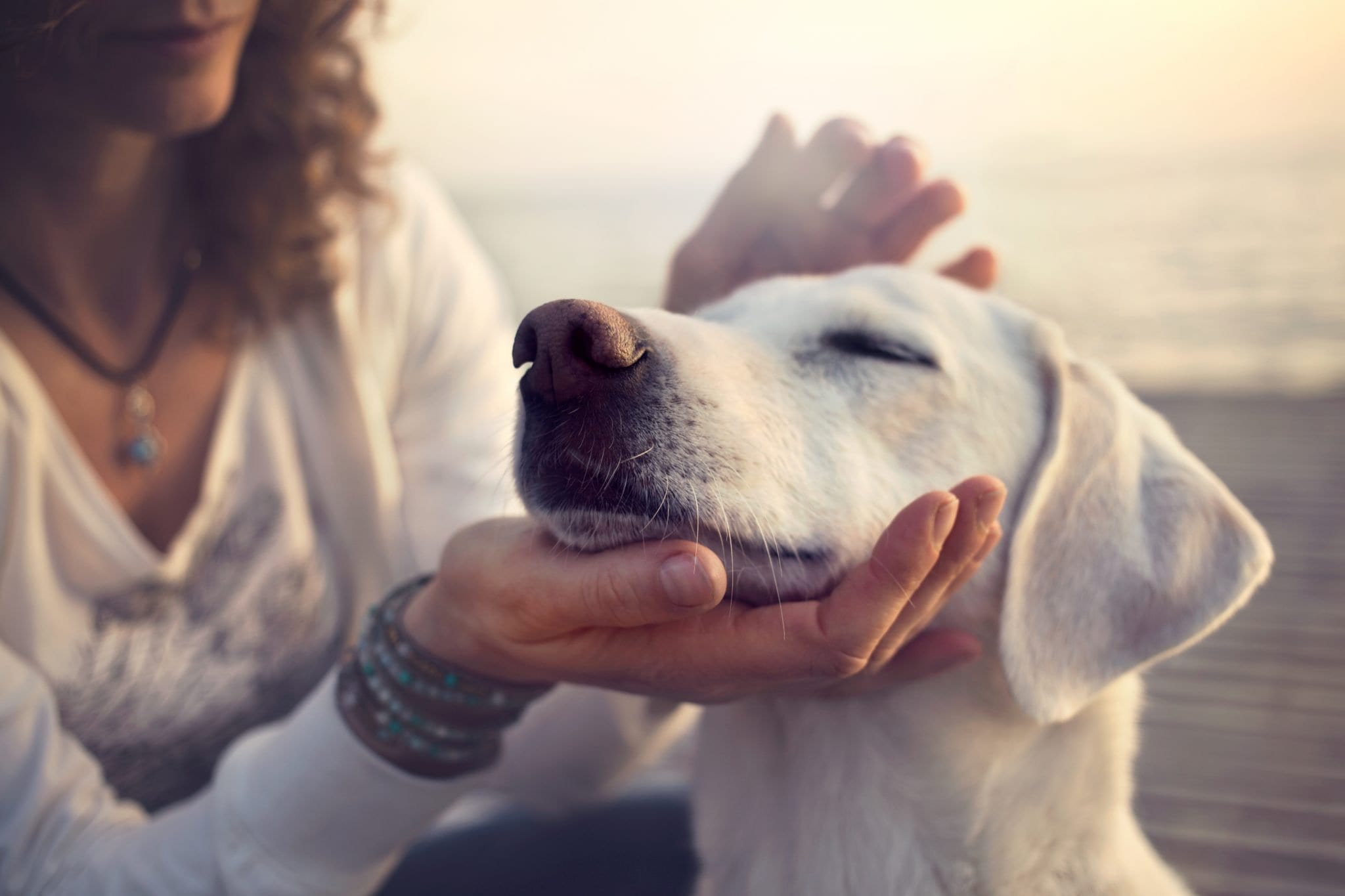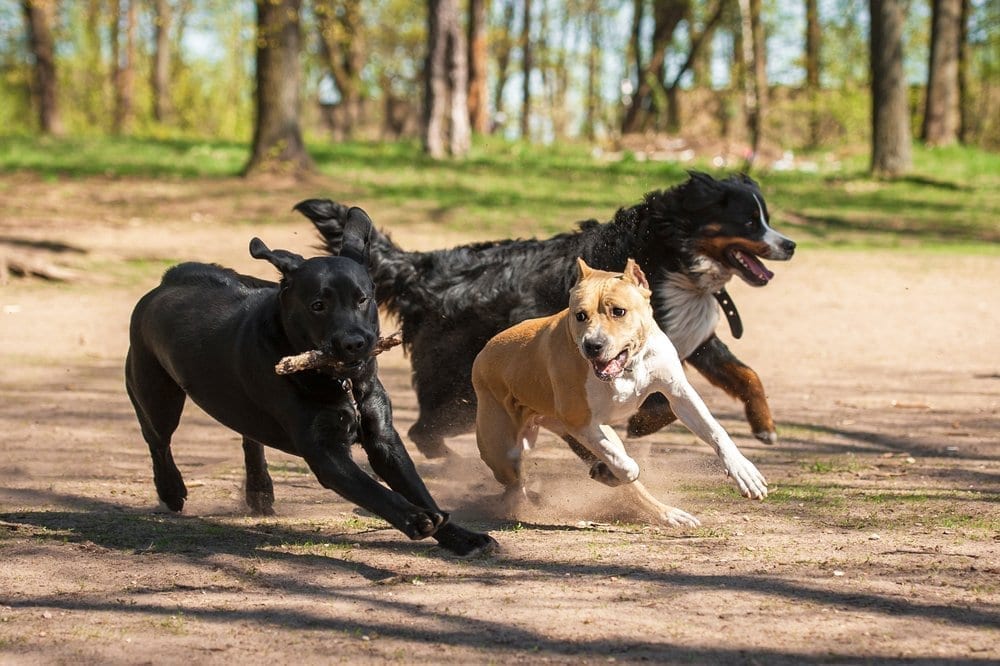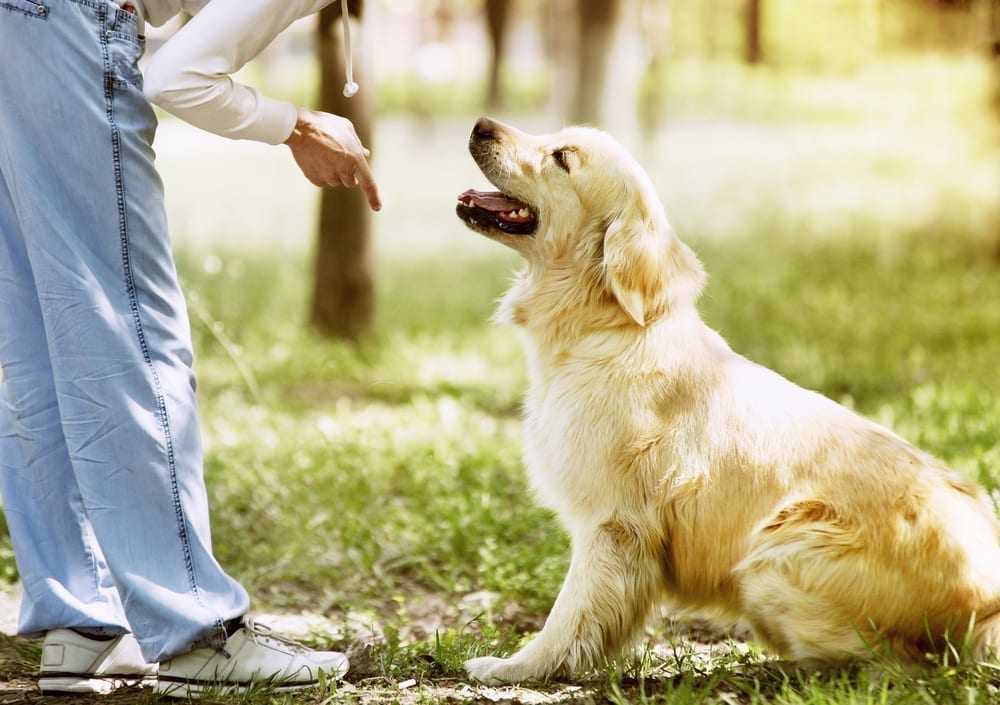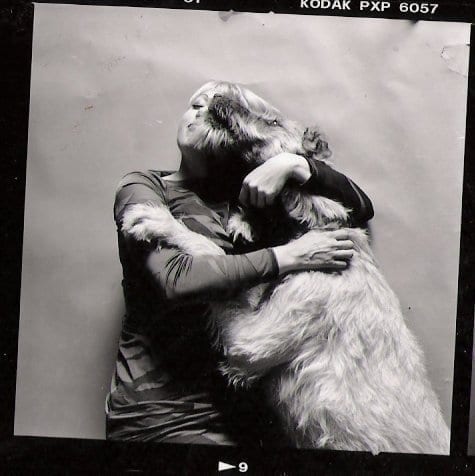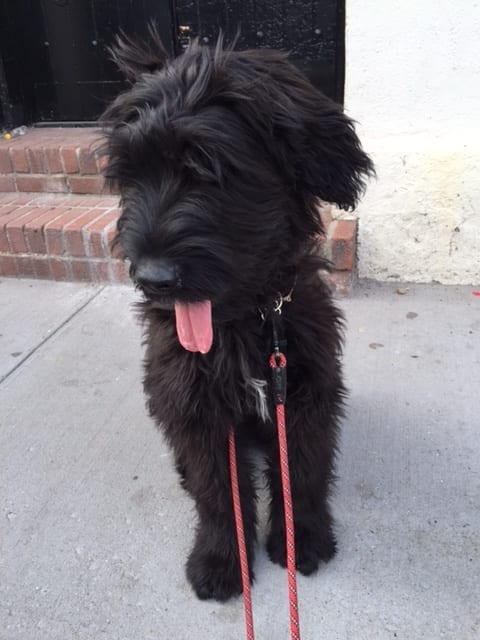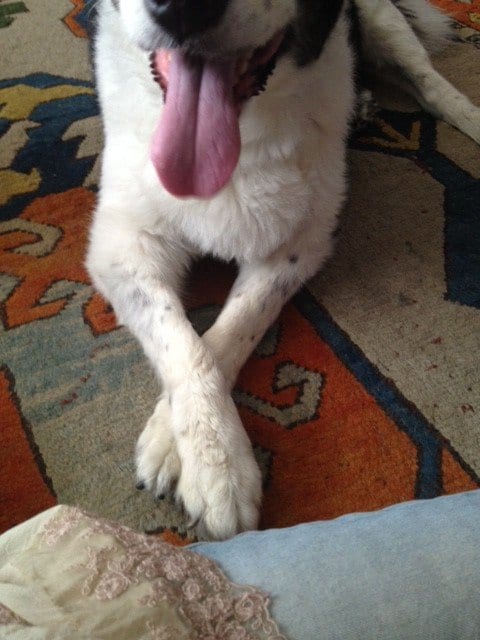When you include a puppy or a dog of any age or breed in your life you have certain expectations, hopes and of course also trepidations.
You have a picture in mind. This dog will lie at my feet when I read for hours, we will walk together and have so much fun, we will go window shopping together, I will take him with me everywhere I go, I want him to run with me, he will listen to my every word.
I suggest making a list of the behaviors and experiences you would like to have and start defining your “training” or “manners teaching” or whatever you want to call it through that lens. When reality sets in and the dog arrives in your house: let that list guide you and keep you focused on what is important to you.
Shaping the behaviors in your dog depends greatly on actively rewarding the behaviors you would like the dog to offer more of.
Think of your dog as a canvas for a painting. The canvas has a particular color, texture, age, flexibility, consistency and thickness but really only comes to life once you start painting.
You put the canvas on a frame so you can work with it and then your job is to make the painting you want to see.
Shaping the dog you want is a very similar process. Notice the traits your dog exhibits and reward those you want to bring out, just like you would apply and reapply coats of color to deepen the intensity of that color in the painting.
While you are painting you do not really worry about the outer edges, do you? There are borders but you really are concentrated on the tiny spot you are working on at the moment and refining and and shaping deeper and with more detail.
That is how I see teaching a dog and that is how I see the dog understanding the behaviors that will deepen the relationship and allow the dog to please you. Since dogs derive at least as much pleasure from pleasing you as it is for you to see the dog doing what you want it works favorably for both parties.
But what about my trepidations? I don’t want him to jump! I don’t want him to pee and poop in the house! I don’t want him to …..fill in the blank. Ok!
So put yourself into the shoes ( or paws or brain) of the dog. Let’s say the dog is jumping up and all the dog hears is “NO JUMPING!” or “NO BITE!” How can you expect the dog to understand those words?
I remember a neighbor of mine walking with her Golden puppy who was practically constantly jumping up and biting her arm and every single time the dog did this she would say: “NO BITE!”. And then she would say: “I’ can’t wait until she finally understands “NO BITE!’ “.
How would that puppy have known what to do instead? And how would that puppy interpret the attention and reinforcement this behavior earned her.
This is how the majority of humans still think about raising dogs. All is “fine” until the dog does something that is unwanted. Then the dog gets attention. We try to raise dogs by reigning in unwanted behaviors but yet we leave our painting canvas sadly empty. The myriad of wanted behaviors remains a dim and shapeless, blank area.
Make welcomed behaviors salient to your dog and pay no attention to the ones you want to die out. Paint away!
That is my wish for the world in 2016 and beyond.
This post is dedicated to my dogs Cosi and Petzi. Cosi, who has gone through major life threatening health issues and has courageously and with a great sense of tolerance and willpower pulled though.
Petzi who has been the sweet and understanding brother, behaving like a saint. I love them more than words could ever express.




